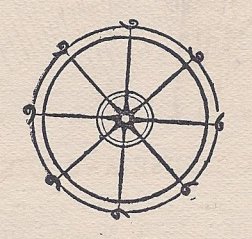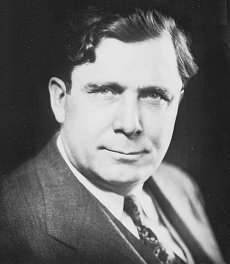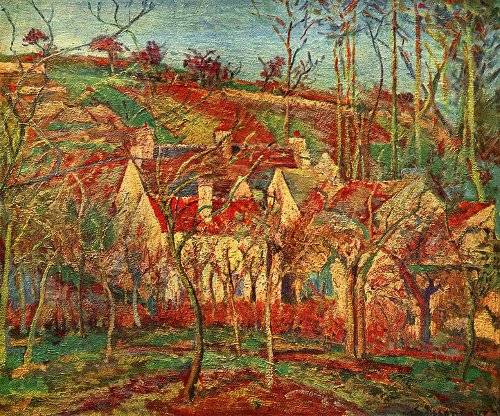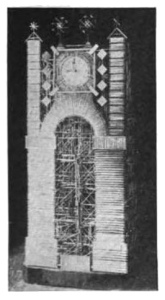The following story, told of Franklin’s mode of treating the animal, called in those days ‘lounger,’ is worth putting into practice occasionally, even in this age and generation:
One fine morning, when Franklin was busy preparing his newspaper for the press, a lounger stepped into the store, and spent an hour or more looking over the books, &c., and finally, taking one in his hand, asked the shop-boy the price.
‘One dollar,’ was the answer.
‘One dollar,’ said the lounger, ‘can’t you take less than that?’
‘No, indeed, one dollar is the price.’
Another hour had nearly passed, when the lounger asked, ‘Is Mr. Franklin at home?’
‘Yes, he is in the printing office.’
‘I want to see him,’ said the lounger.
The shop-boy immediately informed Mr. Franklin that a gentleman was in the store wanting to see him. Franklin was soon behind the counter, when the lounger, with book in hand, addressed him thus: ‘Mr. Franklin, what is the lowest you can take for this book?’
‘One dollar and a quarter,’ was the ready answer.
‘One dollar and a quarter? Why, your young man asked only a dollar.’
‘True,’ said Franklin, ‘and I could have better afforded to have taken a dollar then, than to have been taken out of the office.’
The lounger seemed surprised, and wishing to end the parley of his own making, said, ‘Come, Mr. Franklin, tell me what is the lowest you can take for it.’
‘One dollar and a half.’
‘One dollar and a half? Why, you offered it yourself for a dollar and a quarter.’
‘Yes,’ said Franklin, ‘and I had better have taken that price then, than a dollar and a half now.’
The lounger paid down the price, and went about his business–if he had any–and Franklin returned into the printing office.
— Arthur’s Home Magazine, January 1854




